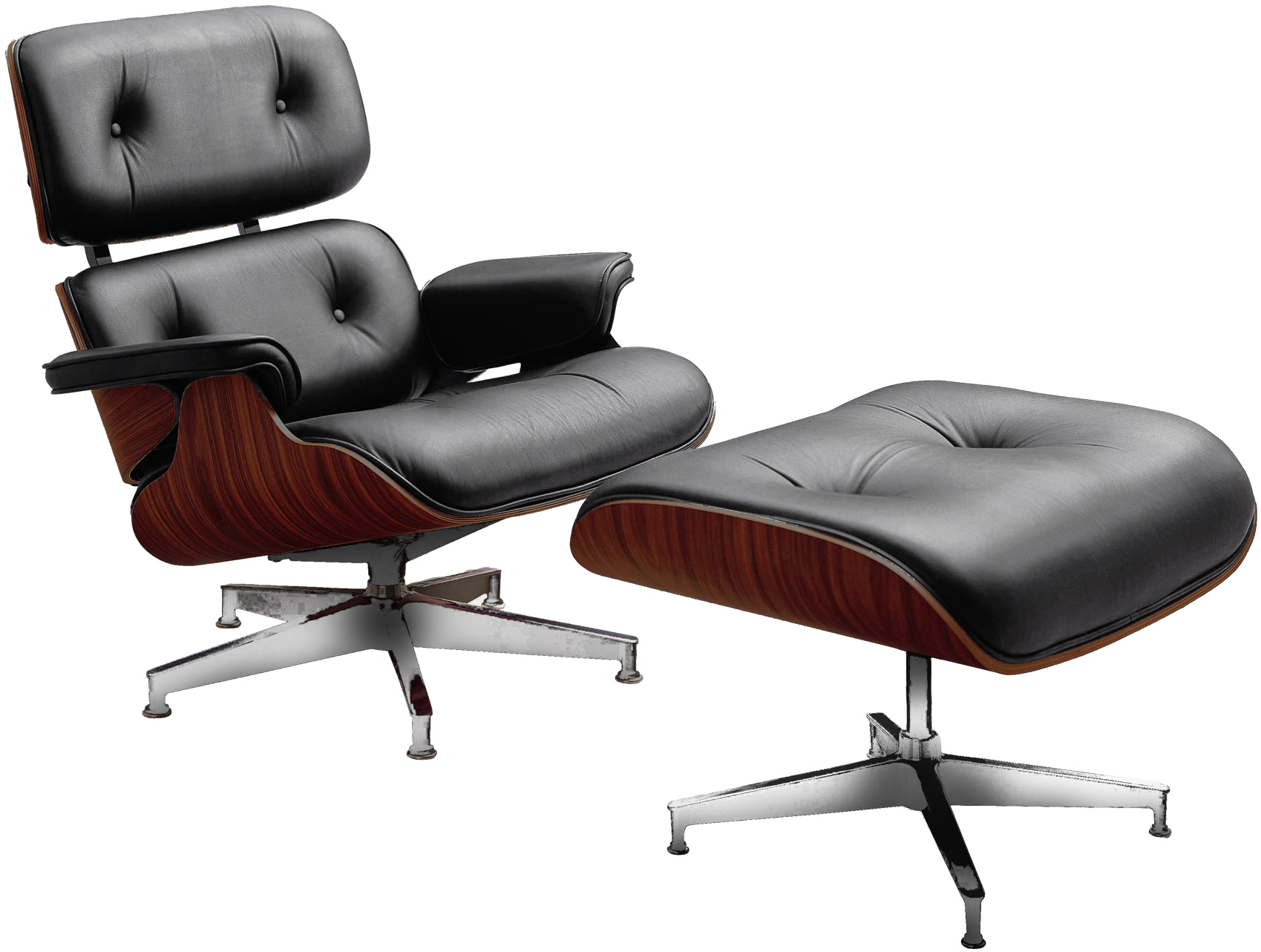Eames Black Office Chair

The Eames black office chair, a seemingly simple design, holds a significant place in 20th-century furniture history. Its enduring popularity stems from a sophisticated blend of form and function, reflecting the design philosophy of its creators, Charles and Ray Eames. This chair exemplifies their commitment to creating comfortable, aesthetically pleasing, and mass-producible furniture.
Design Philosophy and Key Features, Eames black office chair
The Eames black office chair embodies the Eames’s design philosophy of “getting the most out of the least.” This meant utilizing innovative materials and manufacturing techniques to create durable, comfortable, and affordable furniture. Key features include the molded plywood or fiberglass shell, offering ergonomic support, and the adjustable height and tilt mechanism, promoting user comfort and adaptability. The use of black paint, while seemingly simple, added a sophisticated and timeless quality. The chair’s clean lines and minimalist aesthetic are hallmarks of mid-century modern design. The materials chosen – whether plywood, fiberglass, or later, plastic – were selected for their strength, durability, and suitability for mass production.
Historical Context and Impact
The Eames black office chair’s creation occurred during a period of significant post-war economic growth and design innovation. Charles and Ray Eames, already renowned for their contributions to architecture and design, sought to create furniture that was both functional and accessible to a wider audience. The chair’s introduction significantly impacted design trends, influencing the adoption of molded plastic and plywood in furniture manufacturing and popularizing the minimalist aesthetic. Its enduring appeal has cemented its status as an iconic piece of mid-century modern design.
Comparison with Other Iconic Chairs
The following table compares the Eames black office chair with other notable chairs from a similar era. These chairs, while distinct in their styles, all represent significant milestones in furniture design history.
| Chair Name | Designer | Year | Key Features |
|---|---|---|---|
| Eames Lounge Chair and Ottoman | Charles and Ray Eames | 1956 | Curved plywood shell, leather upholstery, high level of comfort and luxury |
| Barcelona Chair | Ludwig Mies van der Rohe and Lilly Reich | 1929 | Steel frame, leather upholstery, minimalist and elegant design |
| Tulip Chair | Eero Saarinen | 1956 | One-legged pedestal base, fiberglass or plastic shell, modern and sculptural form |
| Egg Chair | Arne Jacobsen | 1958 | Swivelling chair, upholstered shell, rounded and cocoon-like design |
Timeline of the Eames Black Office Chair
The Eames black office chair’s design and production have evolved over time. While the core design principles have remained consistent, materials and manufacturing processes have been refined. This timeline illustrates key moments in its history.
Eames black office chair – While a precise year-by-year timeline is difficult to construct due to variations in production and materials, the chair’s history can be broadly categorized:
- Early Years (1940s-1950s): Initial designs and experiments with molded plywood and fiberglass shells. Focus on post-war material scarcity and affordability.
- Mass Production (1950s-1960s): Wider adoption of fiberglass and plastic shells, leading to increased production and accessibility. The iconic black color becomes prevalent.
- Modern Era (1970s-Present): Refinements in manufacturing processes, introduction of variations in materials and colors, continued popularity and re-issues.
